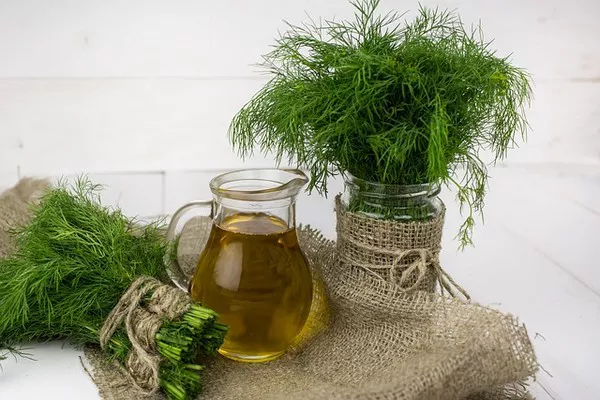Upon acquiring a home in Toronto, Grant Minkhorst was eager to assess the existing garden left behind by the previous occupants. “It wasn’t much,” Minkhorst recalled. “There were three forsythia bushes, four or five rhubarb plants, a weigela and a bridalwreath spirea.” Unfamiliar with these plants at the time, Minkhorst later discovered that none were native to Canada.
Now, three growing seasons later, Minkhorst has transformed his garden by incorporating native plants, showcasing his journey to over 50,000 followers on TikTok. The importance of native plants in sustaining Canada’s ecosystems cannot be overstated. However, acquiring them can pose a challenge for gardeners. Addressing this need is the Toronto Plant Market and Native Plant Supply, which aims to cater to both gardeners and local ecosystems this spring.
According to Marc Johnson, an ecologist at the University of Toronto, native plants have co-evolved with the region’s flora and fauna over centuries, forming interconnected communities that promote resilience against threats. In contrast, non-native plants like tulips and daffodils offer “zero positive impacts on our ecosystem,” as they are not integrated into the local ecological network. Johnson emphasized the importance of using native plants to create miniature ecosystems in residential yards, fostering biodiversity even on a small scale.
Despite their ecological benefits, native plants remain scarce in many garden centers. In 2018, native plants accounted for only 9.1% of total plant sales in the United States, reflecting a preference for familiar and commercially viable species. Grant Minkhorst criticized this trend, describing it as a profit-driven approach that neglects ecological diversity.
Jonas Spring, a Toronto-based landscaper, recognized the practicality of native plants in urban environments characterized by dry soil and limited tree cover. Leveraging his expertise and experience, Spring established the Toronto Plant Market and Native Plant Supply in 2022. Over the years, the business has expanded its offerings to include over 100 species of native plants, attracting customers from various regions.
Spring’s approach involves categorizing plants based on their environmental requirements, ensuring suitability for diverse urban settings. From woodland understory plants thriving in shaded areas to hardscape plants suitable for balconies and rooftops, the market provides options tailored to different gardening conditions.
Acknowledging Spring’s efforts, Minkhorst commended the initiative’s focus on raising awareness about native plants and their suitability for Toronto’s conditions. As he strives to allocate 70% of his garden space to native plants this season, Minkhorst underscores the dual purpose of gardening: enjoying the process while contributing positively to the environment.
In essence, the Toronto Native Plant Market exemplifies a growing movement towards promoting local biodiversity and ecological consciousness among urban gardeners.


